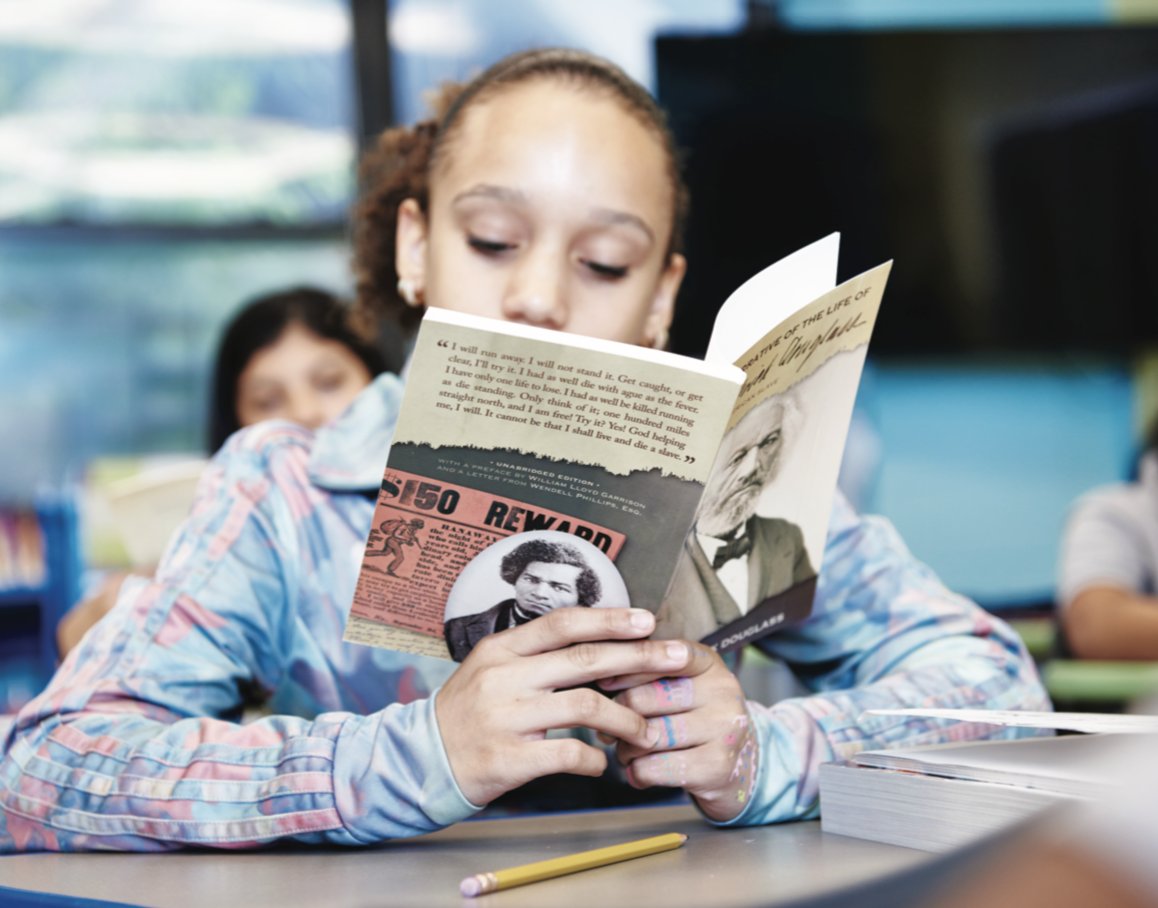
Problem-based learning can put students on the path to math success. In this post, we’ll dig a little deeper into what it is, what it’s not, and teachers’ role in putting it into action.Â
You can read the first post in this series here.
Tackling real-world questions
In our previous post, we established that a problem-based math curriculum sets math students up for long-term success. We showed that lessons in a problem-based learning model introduce students to interesting and often real-world problems or tasks that require them to draw on background knowledge, previously learned content, and/or new information.Â
Problem-based learning vs. teaching as presenting
With traditional show-and-tell pedagogy, the teacher describes the procedures and formulas to answer problems and then gives students an opportunity to practice what they’ve been shown. This model is very common—most middle school and high school math teachers report using it as their primary mode of instruction.
With this approach, instruction is focused on getting answers through isolated skills and processes, so many students fail to develop the conceptual foundations required for the math to make sense. This often means students don’t know when a piece of knowledge is useful to a new, novel problem.
While teachers may be able to make a given lesson fun (for example, by turning it into a game), the math in the lesson is often uninspiring. Students may remember the game, but forget the math.
The limits of telling students how to do things
The occasional use of direct instruction is not always a bad option for teachers. Not all concepts and skills require substantial inquiry in order to stick or make sense.
But there are limits to deploying direct instruction as the primary mode of teaching. They include the following:
- For routine algorithmic problems such as calculating the sum of two multi-digit numbers, teaching has to involve a certain amount of telling—but just telling students how do something doesn’t set them up for success. Students remember algorithms better over the long term when those procedures are grounded in conceptual understanding. If students forget a procedure, conceptual understanding can help them recover it.
- Not every problem is routine or has an algorithm. Word problems are a big part of math, and word problems aren’t routine. No algorithm can make solving them a mechanical process. Instead, students have to comprehend the situation and create equations or models that reflect the relationships presented in the problem.
- In middle school math, algorithms become even less prevalent. As soon as rational numbers enter the scene, even a numerical calculation like -1(-1 – 1) has elements of strategy.Â
Algebra often presents a student with choices, as when solving an equation like 3(x + 1) = 6. Will they begin by using the distributive property to rewrite the equation as 3x + 3 = 6? Or should they begin by dividing both sides of the original equation by 3 to obtain x + 1 = 2?
With problem-based pedagogy, choices about how to solve a word problem or which calculation strategy to pick can become learning moments. If some students do it one way while other students do it another way, both groups can learn by discussing how the two methods relate.Â
How ¶¶Òõ³ÉÈË°æapp Math can helpÂ
¶¶Òõ³ÉÈË°æapp Math lessons help teachers cultivate and structure these student conversations. The program includes easy-to-follow instructional supports that make implementing a problem-based program more effective and enjoyable for both teachers and students. The lessons are designed to elicit creative thinking and get students collaborating.Â
By working on problems that are intriguing, engaging, and relevant, students see how the math they are learning in class connects to their everyday lives. Students are placed into situations where they need to reason, collaborate, revise their thinking, and apply what they’ve learned.

